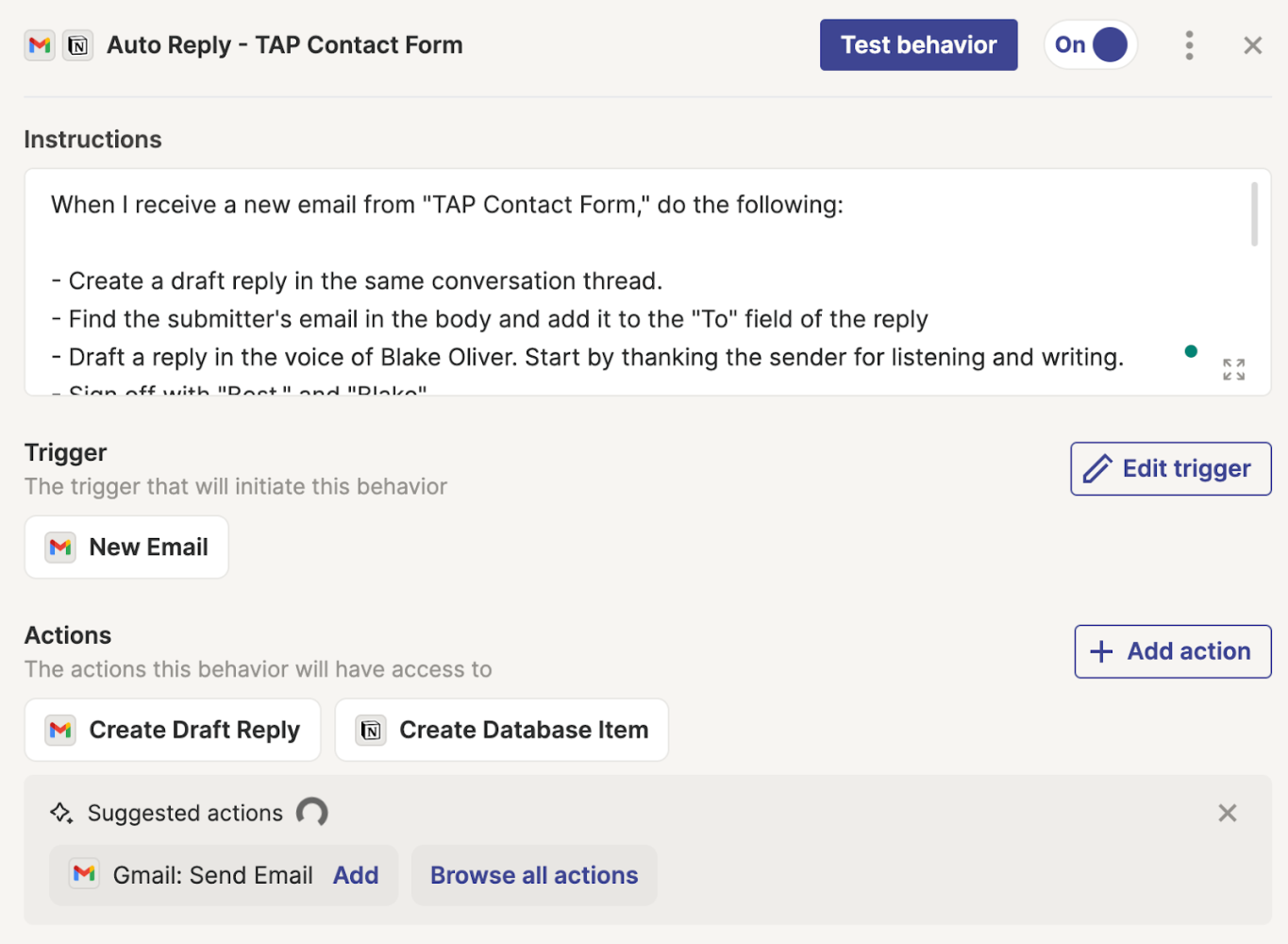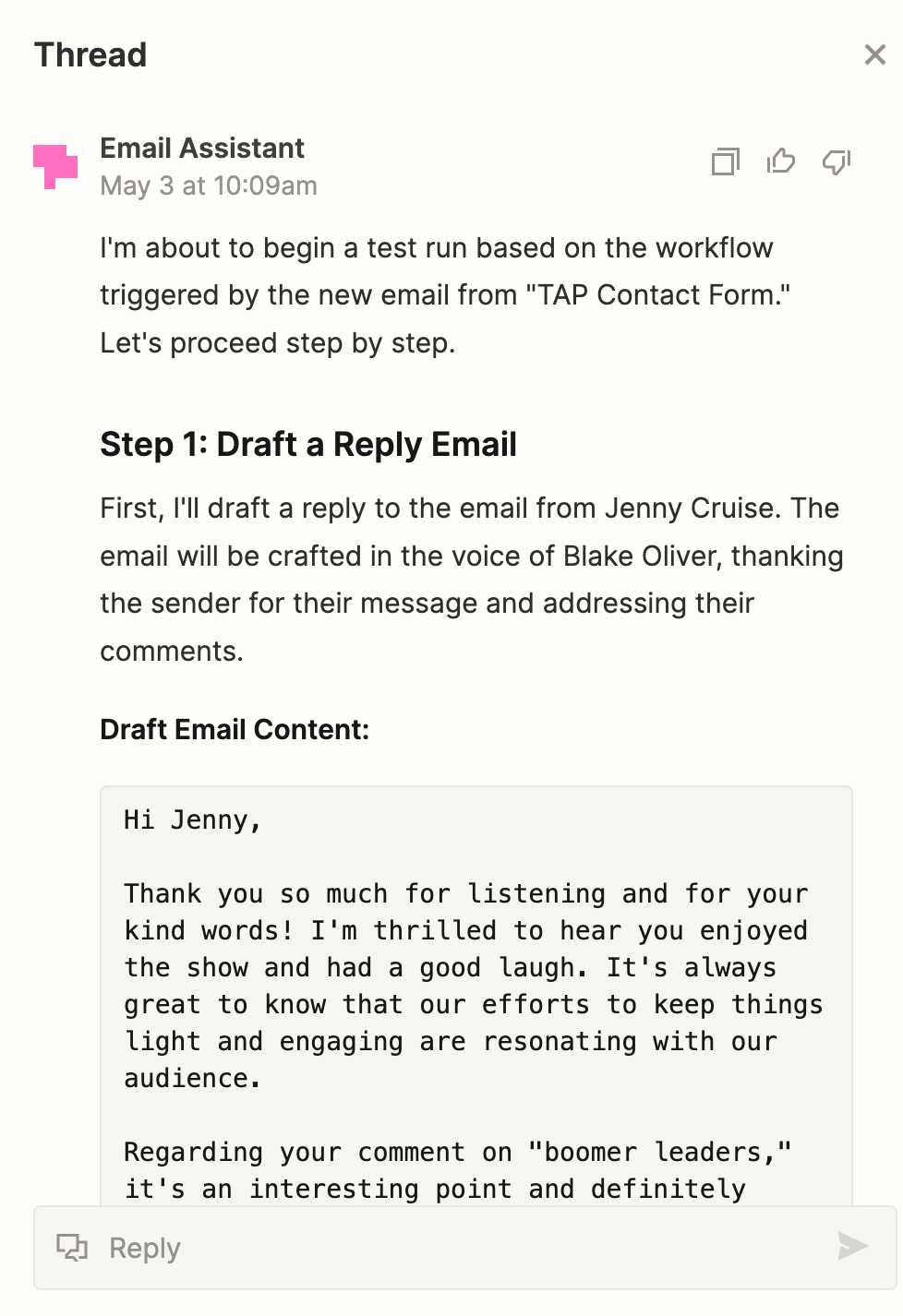In a recent episode of The Accounting Podcast, we stumbled upon a surprising solution to one of the biggest challenges facing US accounting firms today: the talent shortage. Believe it or not, it’s coming from a country known more for its economic struggles than its accounting prowess.
I’m talking about Argentina, and if you haven’t considered it a source of accounting talent, you might want to think again. The strategy here is called “nearshoring” – a close cousin to offshoring, but with some key advantages.
While offshoring typically involves outsourcing work to distant countries like India or the Philippines, nearshoring focuses on partnering with professionals in nearby countries, often in similar time zones. This approach aims to combine the cost benefits of offshoring with the collaborative advantages of working with a geographically and culturally closer team.
Let’s break this down and see why Argentina might answer your staffing woes.
Time Zone Alignment: The Game-Changer
First, let’s discuss the elephant in the room regarding offshoring: time zones. We’ve all been there, trying to schedule calls at ungodly hours or waiting overnight for responses.
As Nicolás Villafañe, a partner at South Offices, pointed out in our podcast, “Timezone is a very, very huge challenge when working with Philippines or India. In South America, you’re mostly aligned. You can actually have people working on their daytime and the exact same time as Americans.”
Imagine having your offshore team working the same hours as you. No more late-night calls or day-long email delays. It’s like having a remote team just down the street, not halfway across the world.
This time zone alignment doesn’t just make scheduling easier. As Nicolás explained, “The overlapping of the working time is what gives you that sensation that you actually are building a team the same as if you had them two blocks away.” This real-time collaboration fosters a sense of team cohesion that’s difficult to achieve with traditional offshoring.
Beyond Cost Savings: Argentina’s Secret Weapon
Now, I know what you’re thinking. “Blake, we’ve heard about offshoring before. It’s all about cost savings, right?” Well, yes and no. While nearshoring to Argentina can save you 30-40% compared to US costs, the Philippines offers around 50% savings, and India provides the most significant cost reduction at about 60%.
However, as Nicolás pointed out, these deeper cost savings come with trade-offs in quality and time zone differences. The real value isn’t in the cost savings. It’s in the quality of talent you’re getting for that price. Argentina’s economic challenges have created a breed of accountants unlike any other.
As Nicolás explained, “The quality of the professionals in Argentina is actually quite high because of our problems. It’s not that something that we’re proud of, but it’s the outcome. The outcome is that if you if you learn how to navigate through the Argentinian economy, Argentinian accounting, you tend to be very good because you’re you have to reskill yourself every day.”
These accountants have had to navigate hyperinflation, rapidly changing regulations, and economic instability. They’re not just number crunchers; they’re financial ninjas.
And get this: in Argentina, you need to be a CPA to do any kind of accounting work. Even bookkeeping. That means you’re getting CPA-level expertise across the board.
Perhaps because of this, accounting is the second most popular profession in Argentina, right after law. This creates a large talent pool for US firms to tap into, ensuring a steady supply of skilled professionals.
Cultural Alignment: The Secret Sauce
Here’s where it gets really interesting. Cultural differences can be a massive headache when working with offshore teams. But with Argentina, that headache largely disappears.
Latin American culture aligns much more closely with US culture than, say, Indian or Filipino culture. This means better communication, fewer misunderstandings, and a team that feels like, well, part of your team.
This cultural alignment, combined with the time zone compatibility, creates a seamless working relationship that’s hard to achieve with traditional offshoring.
Rethinking Outsourced Accounting Talent
So, let’s recap. With nearshoring to Argentina, you’re getting:
1. Time zone alignment for real-time collaboration
2. High-quality, adaptable talent forged in the fires of economic challenges
3. Cultural compatibility for smoother communication and integration
And you’re saving a chunk of change, too.
But this approach isn’t just about cutting costs or filling seats. It’s about gaining a strategic advantage in an increasingly competitive industry. While other firms are struggling with talent shortages and quality issues from traditional offshoring, you could be building a dream team of highly skilled, culturally aligned professionals who work in sync with your US operations.
In a world where finding and retaining top accounting talent is becoming harder by the day, Argentina might be the ace up your sleeve.
Ready to dive deeper into the nearshoring revolution? Listen to the full episode of The Accounting Podcast.



